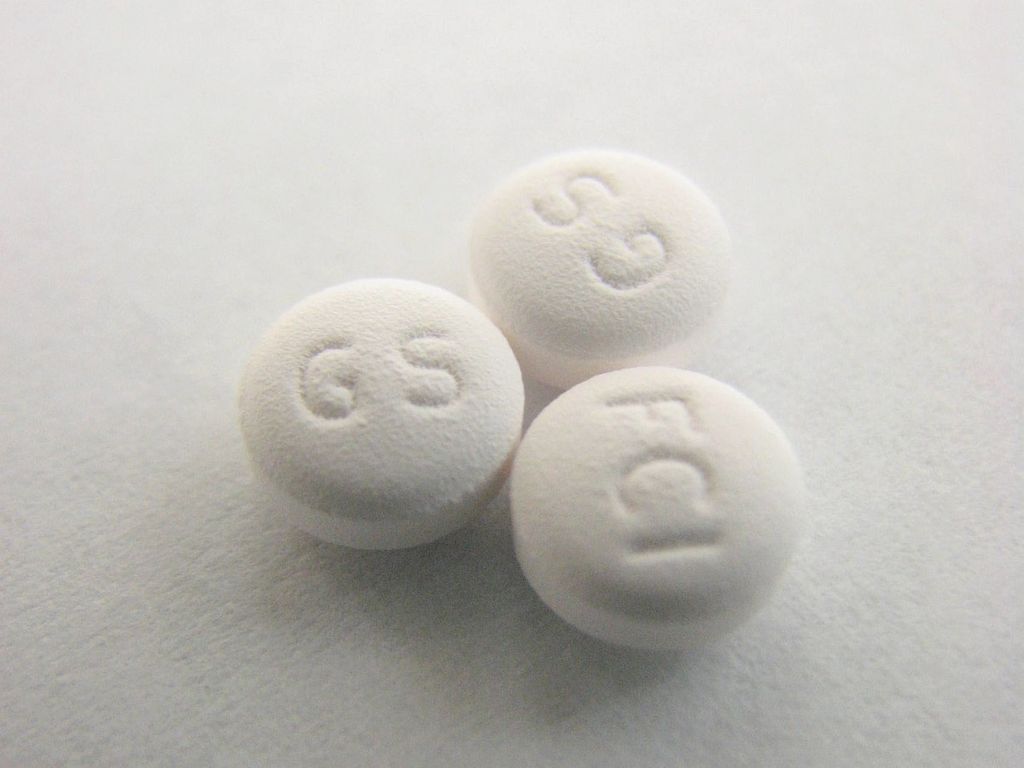
Drug discovery is a serendipitous process. Often a remedy for one disease is found in the medication for another. Lithium, for example, was originally used to relieve gout, but today it’s a primary treatment for certain mood disorders. Viagra was developed to treat high blood pressure, but it turned out to be a better treatment for erectile dysfunction. Now, researchers from Temple University’s School of Medicine report that the antidepressant paroxetine, commonly known as Paxil, has been found to reverse heart failure in mice.
This discovery could launch the development of a whole new class of drugs for heart failure, says Walter Koch, a pharmacology professor at Temple and principle author on the study.
There is currently no cure for heart failure, which kills roughly half of all sufferers within five years of diagnosis. Koch has been studying the disease for two decades, much of his work has centered around one enzyme—GRK2. High levels of the enzyme, which diminishes the contractile power of heart cells and signals them to die, are a hallmark of heart failure. Koch and his colleagues scoured databases of FDA-approved compounds in search of drugs that might inhibit the enzyme. In 2012, they hit on paroxetine. “When we sprinkled that on myocytes—or heart cells—they beat stronger,” Koch says.
After six weeks, they were better able to pump oxygenated blood out of the heart, exhibited normal levels of pressure inside the heart between beats, and developed less scar tissue.
Koch and his team tested out the antidepressant in a mouse model of heart failure. They compared paroxetine with a beta blocker, which is the current standard of care treatment for heart failure, and fluoxetine, another antidepressant better known as Prozac, to be sure that any improvements were due to the antidepressant’s inhibition of GRK2 and not its affect on the serotonin system.
Mice given paroxetine fared better than fluoxetine-treated mice on a number of measures, the researchers report today in Science Translational Medicine. After six weeks, they were better able to pump oxygenated blood out of the heart, exhibited normal levels of pressure inside the heart between beats, and developed less scar tissue. Crucially, their hearts weren’t enlarged (which often happens in heart failure as heart muscle cells grow to compensate for reduced contractility). Paroxetine even outperformed the current standard of care treatment, and two weeks after treatment was stopped, the improvements in cardiac function remained.
“The results were pretty outstanding,” Koch says, and could have implications for other diseases as well. For example, in many patients asthma treatments begin to fail over time because GRK2 shuts down the receptors for asthma drugs in the lungs, according to Koch. The team is working to alter the chemistry of paroxetine to optimize the enzyme inhibiting activity of the molecule and downplay its effects on serotonin. In the mean time, the researchers are looking to see if paroxetine in it’s current form might affect humans’ heart function.
“A lot of people have taken paroxetine, and a lot of heart failure patients have taken paroxetine,” Kosh says. “We’re trying to get at clinical data to see if there’s any evidence that heart failure patients taking paroxetine have shown cardiac improvement.”





